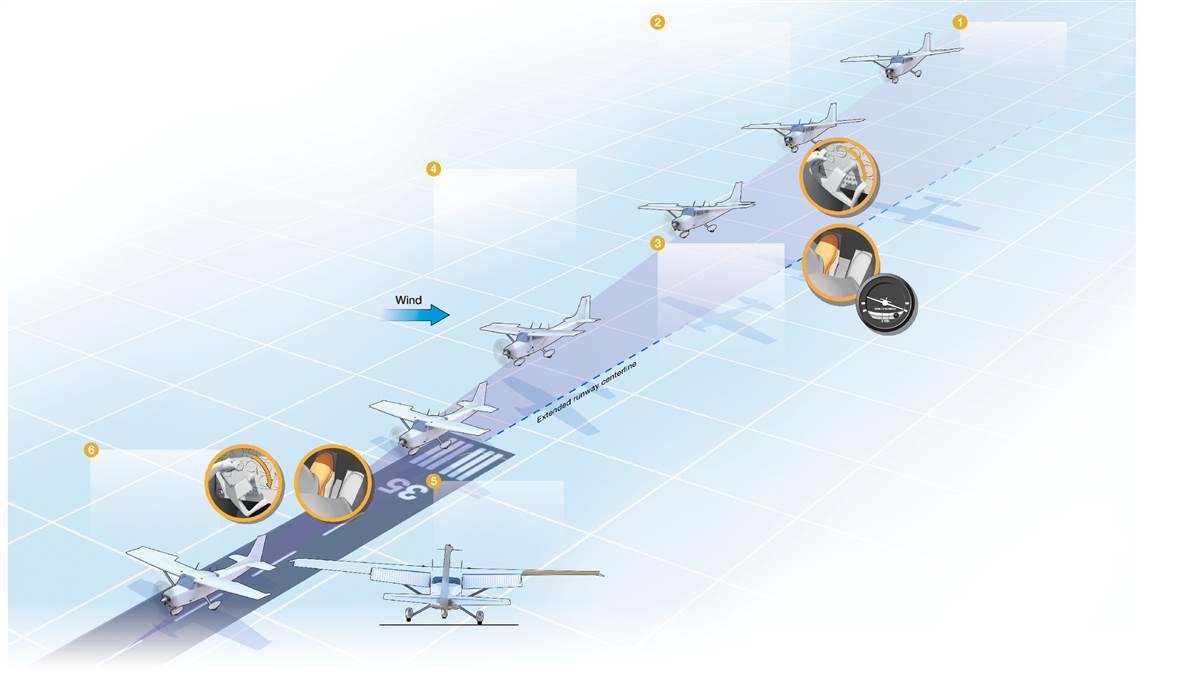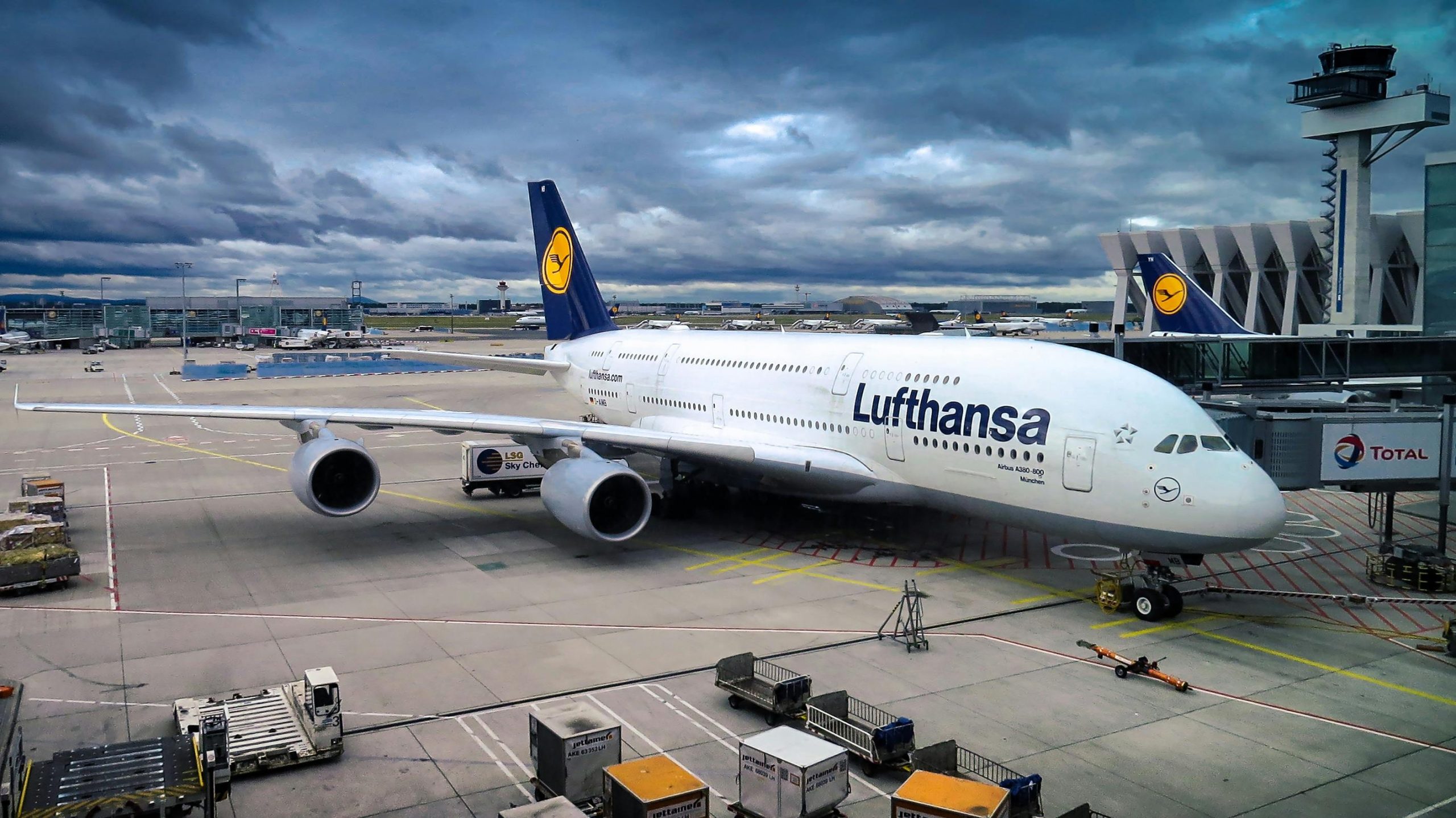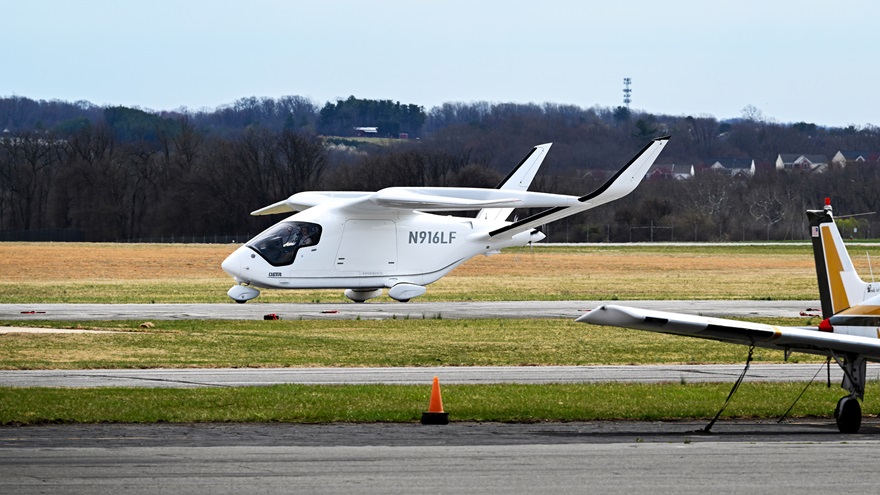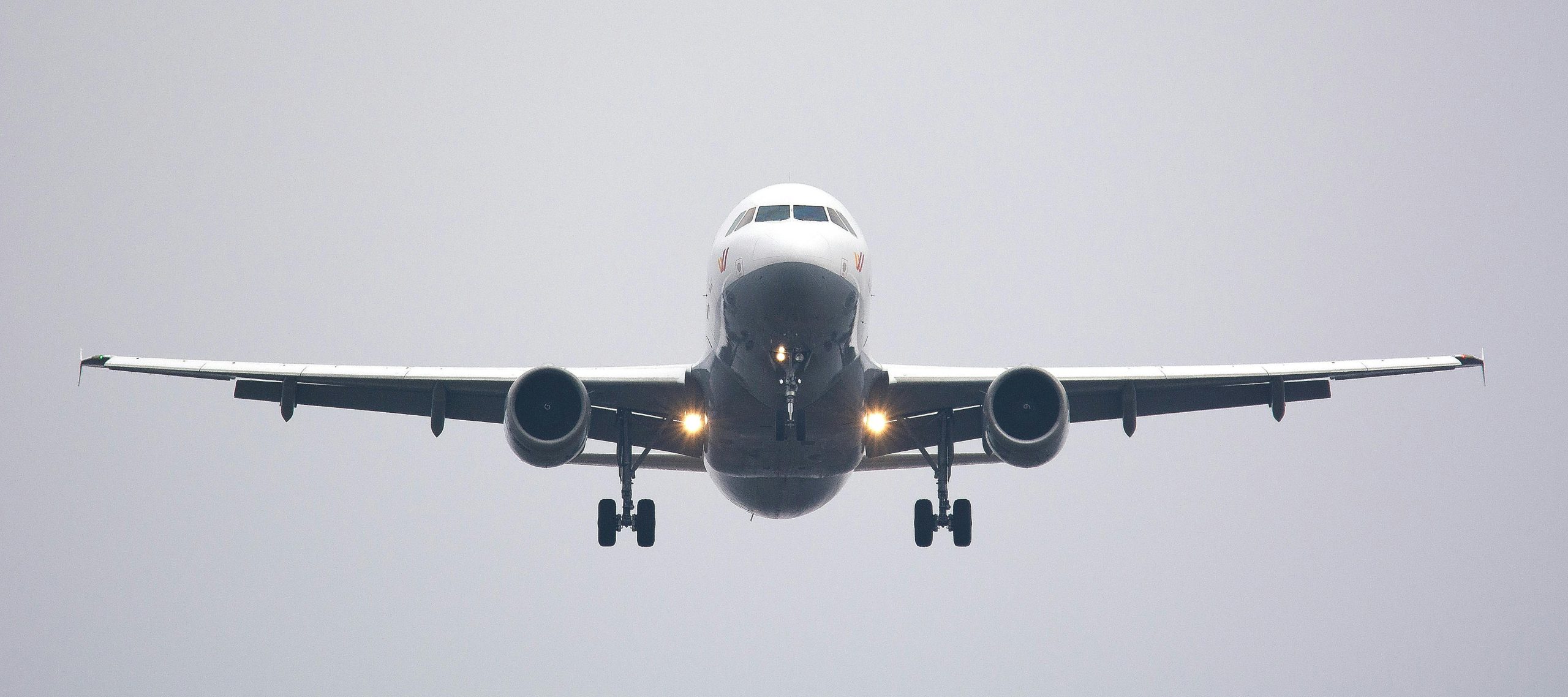This is the full article content for: Flight Training in High-Density Altitudes
Blog
-

Solo Flight Checklist Revisited
No matter how much flying a pilot does over a lifetime in aviation, the first solo flight is a memory second to none. Whether a pilot soloes at the youngest age permitted by regulations, or later in life as the fulfilment of a long-nurtured dream, the memory of rising from the runway truly the pilot in command of your training aircraft, with the instructor’s seat vacant beside you—go ahead, check again, it’s unoccupied—will always bring a smile.
You are not the only person who feels that way about your first solo. Your flight instructor also sees it as a gratifying milestone on your way to becoming a certificated pilot. It’s the culmination of volumes of learning acquired over a short span of time that raises the curtain on the next phase of your training. This is a good time to reflect on how far you’ve come since those first few flight hours to accomplish something most people could never imagine.
-

Crosswind Landings: Tips from the Pros
Airfields in the first third of the twentieth century were literally open fields, sometimes with a windsock or tetrahedron in the middle. Pilots would simply note the wind direction and then take off or land into it. It was the invention of actual runways that created crosswinds—and they’ve cursed and confounded pilots ever since.
During crosswind takeoffs and landings, pilots must overcome their airplanes’ natural tendencies to weathervane into the wind, raise the upwind wing, or get pushed downwind. Those things are much easier said than done, especially when the crosswind is gusty or varies in direction.
-

Navigating IFR in Turbulent Conditions
This is the full article content for: Navigating IFR in Turbulent Conditions
-

The New Era of Electric Aircraft
The Advanced Air Mobility Institute, which is organizing the event, said the airport, which is home to the National Advanced Air Mobility Center of Excellence, won the competition to host the race, beating out bids from finalists Stockton and Salinas, California. The three finalists all have strong backgrounds in electric aircraft. Archer Aviation conducts testing of its Midnight eVTOL aircraft in Salinas while hydrogen-electric aviation company ZeroAvia has a research and development facility in Stockton. The U.S. Air Force tests electric aircraft at Springfield-Beckley.
“NAAMCE is a world-class facility with a thriving ecosystem of innovation and it will prove to be the perfect inaugural host,” said Dan Sloat, executive producer of the race and founder of the AAM Institute. “The Race will celebrate the dawn of electric aviation, pay homage to our aviation pioneers, and drive positive public awareness.”
